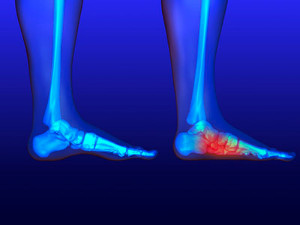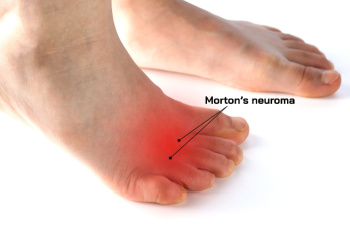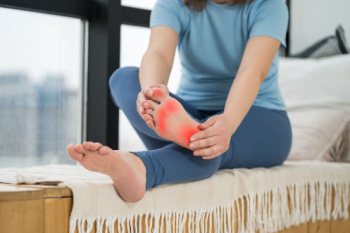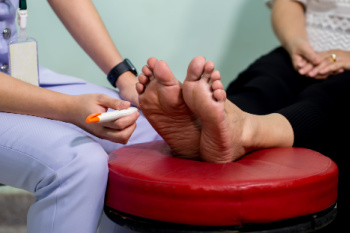
Running with flat feet can present challenges, but with the right approach, it can be safe and enjoyable. Flat feet may cause overpronation, leading to discomfort or injury without proper support. Choosing running shoes with firm arch support and stability features can help maintain alignment and reduce strain. Gradual training with attention to form and strength exercises can also improve performance and prevent injury. A chiropodist can assess foot mechanics, recommend custom orthotics, and guide proper footwear choices to support your running goals. If you experience discomfort while running or suspect flat feet are affecting your stride, it is suggested that you consult a chiropodist for an expert evaluation and a personalized plan to keep you active and pain free.
Flat feet are a common foot condition. If you are experiencing pain or discomfort due to flat feet, please consult with one of the specialists from Thornhill Foot Clinic. Our chiropodists will assess your condition and provide you with quality foot and ankle treatment.
What Are Flat Feet?
Flat feet are feet that do not have a well-defined arch in the middle of the sole of the foot. Flat feet may be flexible or rigid. Flexible flat feet have an arch when there is no pressure put on the foot, such as when one is sitting, but the arch disappears upon standing. Rigid flat feet lack an arch regardless of whether one is standing or not.
Causes
Flat feet can be present from birth or acquired over time due to a weakening of the ligaments in the arch. Sometimes flat feet are caused by illnesses, injuries, or pregnancy.
Symptoms
Flat feet often cause no noticeable symptoms. However, some people may experience pain and discomfort due to their flat feet.
Symptoms associated with flat feet include:
Pain in the arch, heel, ankle, or along the outside of the foot
Overpronation of the foot
Shin splints
Aching or fatigue in the feet or legs
Pain in the knees, hips, or lower back
Treatment
In cases where flat feet cause symptoms, there are various treatments available. Wearing orthotic inserts in your shoes to provide more arch support, performing stretches, and taking medications may improve your symptoms. If you are overweight, losing weight can help relieve pressure on the feet. In severe cases, surgery may be considered.
If you have any questions, please feel free to contact our office located in . We offer the newest diagnostic and treatment technologies for all your foot care needs.









